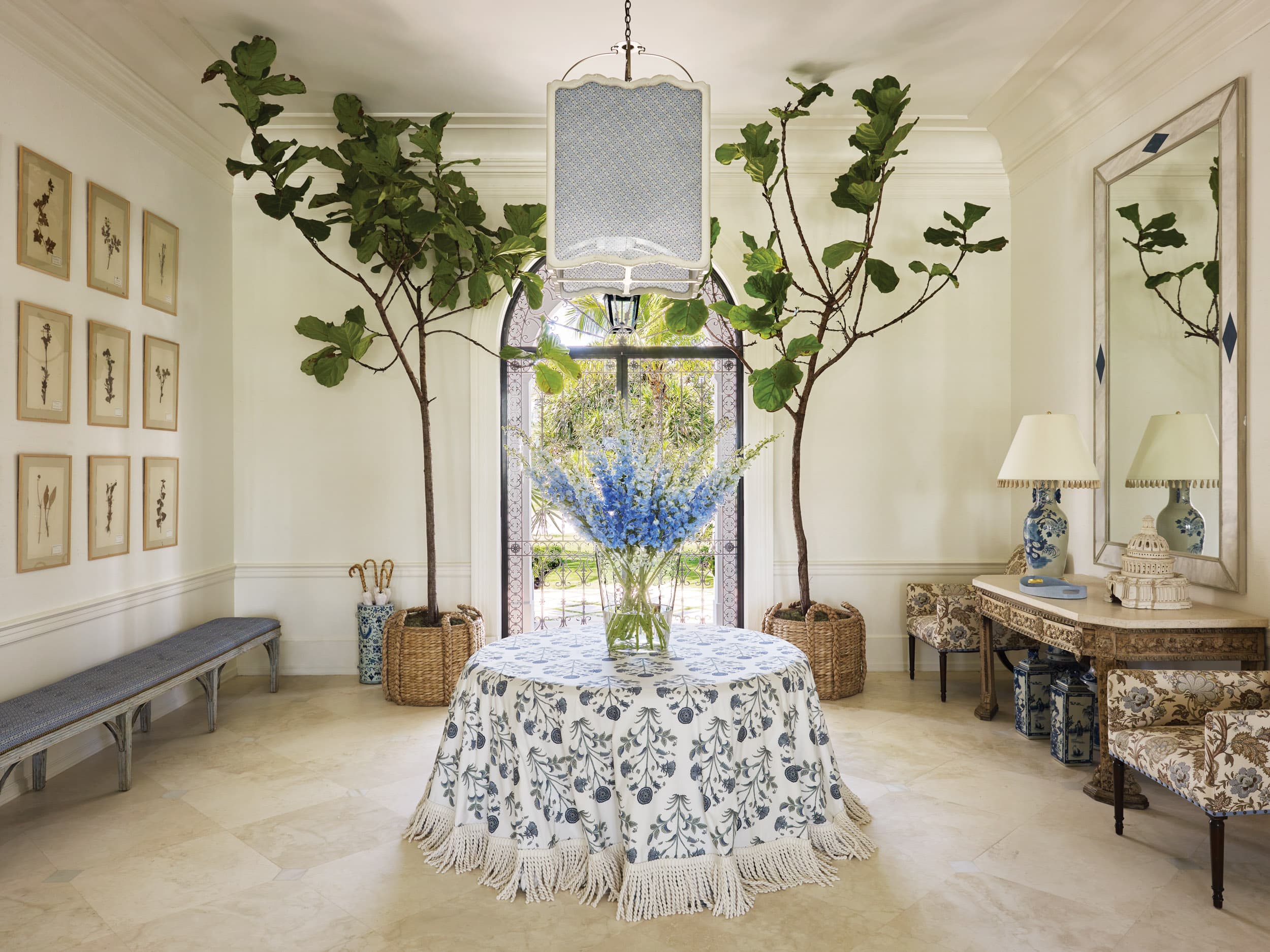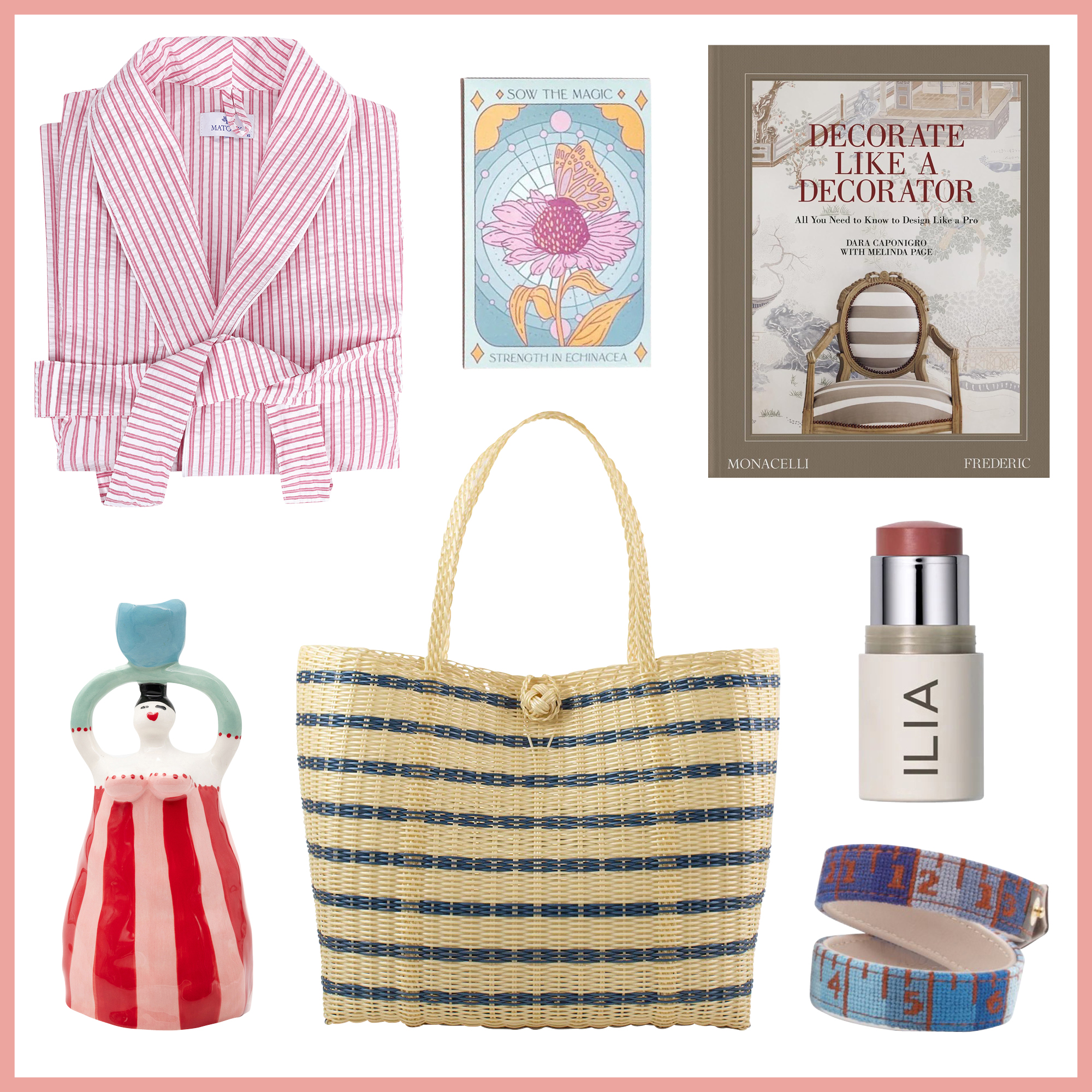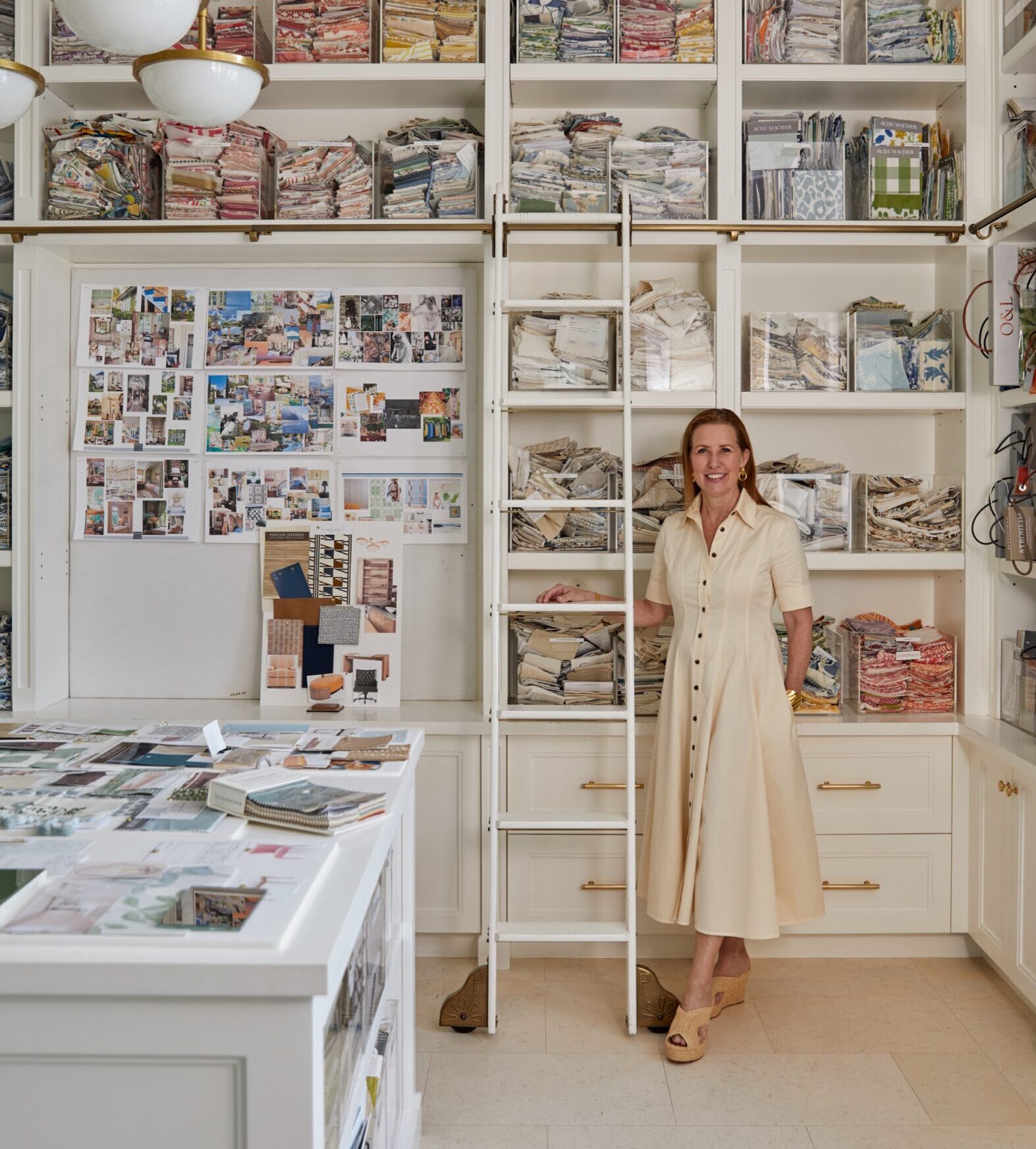
Traditional print may have downsized, but editors are still looking for fresh content—and good press always leads to more business. So it’s no wonder that designers often ask, “How do I get my next project published?” We realized that we know just the person to answer this question: Elizabeth Blitzer, master connector, promoter and founder of Blitzer & Company, a public relations firm in New York City specializing in the interior design industry. Here’s her guide to navigating today’s media landscape.

What is happening in the publishing world today?
The business is changing every single day. The places one can have work published are getting fewer and fewer, so creativity will sometimes have to be out of the box. Being honest with yourself about your goals will help you decide your next steps. It takes a lot of time and energy to go after the national publications. Sometimes you’re better off in the smaller markets.
What is one thing a designer can do before they start pitching to magazines?
Go buy every home design magazine and study each one like it’s your job. Know what the magazines run—and what they don’t. Are they traditional, modern, over-the-top? Every magazine has its own look, so find the right direction you aspire to go. Make sure your project matches the style of the magazine you’re pitching.
How should a space be photographed?
For photos sent to an editor as scouting shots or as part of your portfolio, hire a professional photographer. Then hire a stylist—they have an eye for detail and will give continuity to your story. Be careful not to use any props that you can’t use again. You must be 100% sure that the location the magazine comes back to photograph looks exactly like your scouting photos. If that’s not possible, simply say, “it can’t be reshot,” which a lot more people are doing now.
What does a magazine look for in scouting shots?
They like to see wide shots of all the rooms, not just vignettes and moments. You need the kitchen, living room, dining room, master bedroom, master bath, guest bedroom and any other big rooms or spaces. If you don’t show all the rooms, they will think it’s an incomplete project.
Editors are also always interested in designers’ own homes because there’s a level of risk or personalization that you will do for yourself that you may not be able to do for your clients. Decorate your own home in a way that you want to sell to the world.
How does one submit a project?
Almost all editors prefer email. Send yours with the project name, location and the name of your company in the subject line.
BE PROFESSIONAL, BUT BRIEF
Address the editor or magazine by name and include all the basics—your information; the project name; an architect, if applicable; year completed; homeowners; ages; the location of the project; how many square feet; did you finish every room in the house (not pick up on someone else’s work); and whether the homeowners are willing to be photographed.
LINK TO A DROPBOX FILE
Make sure the Dropbox file is labeled, that the photos in the Dropbox file are also labeled (kitchen, master bedroom, etc.) and check a dozen times that your link works and that it links only to one Dropbox file.
INCLUDE A TEASER
A small suggestion may be to also attach two to three photos to the body of the email to show exactly what they are about to see—if it’s worth their time.
DON’T OVERDO IT
Make sure you only send your submissions to one magazine at a time.
Let's discuss posting photos to Instagram.
Instagram is a place to really document your process and your creativity. It’s very successful for designers and helps tell their story. Take photos of you in your studio, a painter starting a mural, a detail of a billowy curtain, or when you’re buying layers of gorgeous fabric. No one has a story just like yours. People get invested in the process, including editors. You just may find a DM from an editor wanting to see more.
There are no rules for social media. If your own home is your creative outlet, you could post 10 vignettes from your bedroom alone.
But only post enough to let the world know the kind of work you’re doing. Don’t give enough away of any home or project that you hope to publish. You’d hate for an editor to say, “I’ve seen this room before.”
What about local press?
Make yourself important to important people where you are. It’s very productive to work on being the biggest fish in your pond. For example, if you’re a good Schumacher client, spend time getting to know the showroom manager. Really make an effort to buy from them when you can, so that you’re an important customer to them. They spend so much time nurturing their designer relationships all over the country. They publish designer works, have industry dinners, are generous with discounts for fabrics for showhouses, etc. Find people that are very involved in the industry where you are and show up for them. When they have parties and openings, go and build relationships. This almost always leads to more work and more exposure.
Does everyone benefit from having a PR agent?
It’s a very saturated market nationally, so sometimes you may not always need a PR agent if you think you can get more coverage locally.
Overall, magazines want to find new people that are fresh, undiscovered and maybe not always in New York or L.A. Because of social media, editors are finding more and more people on their own.
If you look hard enough, you can find the right place for your work.
This interview has been edited and condensed.


















